
In 2020, Apple unveiled the iPhone 12 as the successor to the popular iPhone 11, with a new squared-off industrial design, the A14 Bionic chip, an OLED display, and MagSafe. As devices that are more affordable than the Pro models, but more fully-featured than the low-cost iPhone SE or the now-discontinued iPhone XR, the iPhone 12 and iPhone 12 mini will likely be the most popular options for consumers.
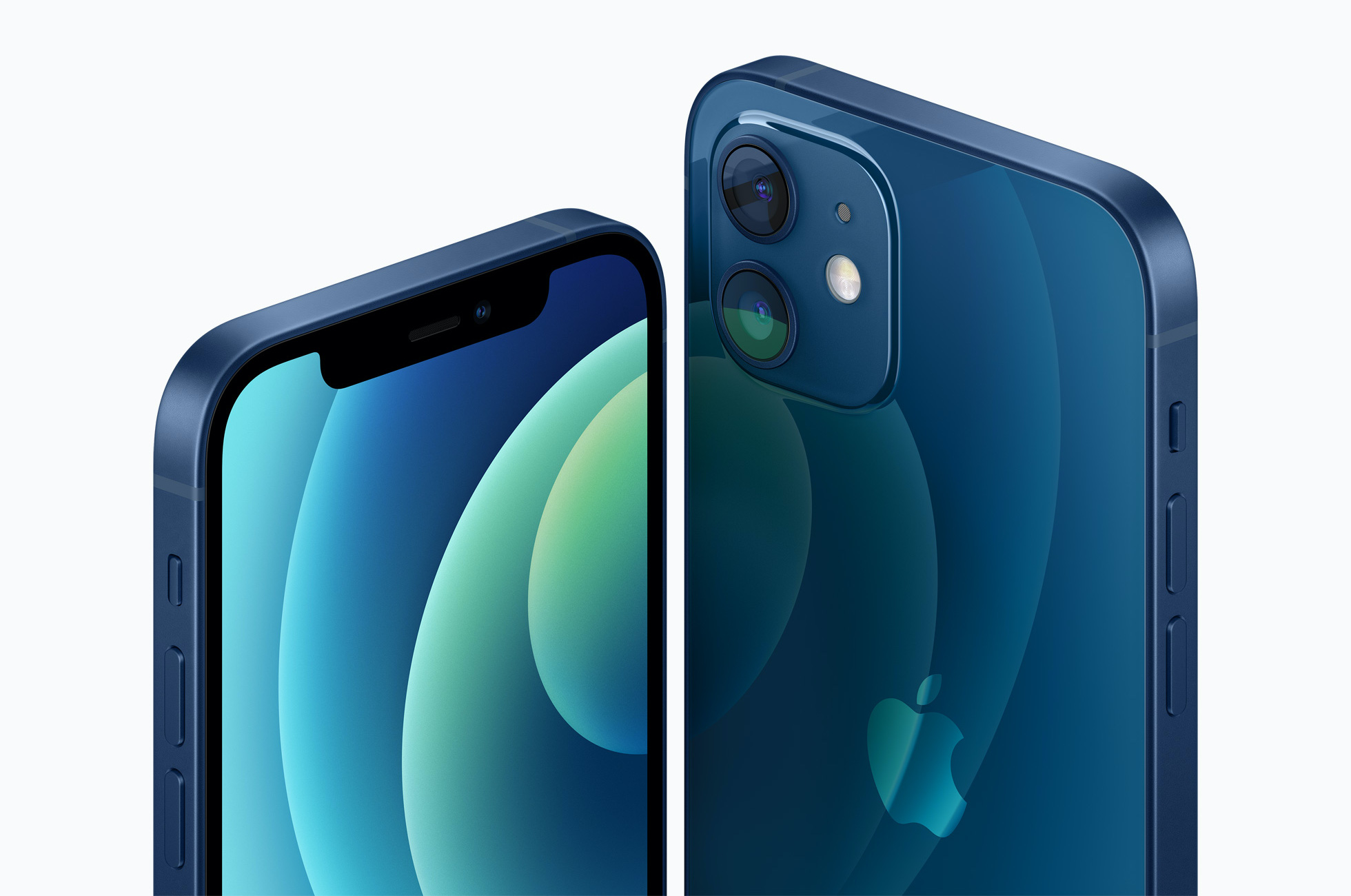
The previous iPhone 11 continues to be sold by Apple. As it is a year older than the most recent iPhone 12, it starts at $499, while the iPhone 12 mini starts at $599. As the iPhone 11 and iPhone 12 share a large number of features, should you consider purchasing the older model to save money? Our guide helps to answer the question of how to decide which of these two iPhones is best for you, but overall the iPhone 12 is a moderate upgrade over the iPhone 11.
Comparing the iPhone 11 and the iPhone 12
The iPhone 11 and iPhone 12 share a large number of key features, such as display size and battery life. Apple lists these same features of the iPhone 11 and iPhone 12:
Similarities
- 6.1-inch Retina display with True Tone, P3 wide color, Haptic Touch, and a max brightness of 625 nits
- A-Series Bionic chip
- Dual 12MP Ultra Wide and Wide cameras with two times optical zoom range, Night mode, Deep Fusion, and optical image stabilisation
- Face ID
- Battery life with up to 17 hours of video playback
- Aerospace-grade aluminum
- Lightning connector
- 4GB of memory
- Available in 64GB, 128GB, and 256GB
- Available in White, Black, Green, (PRODUCT)RED, and Purple
Apple's breakdown shows that the iPhones share a number of notable key features. Even so, there are meaningful differences between the iPhone 11 and iPhone 12, including display technology, the processor, and 5G connectivity.
Differences
iPhone 11
- LCD Liquid Retina HD display with 1792-by-828-pixel resolution at 326 ppi and 1,400:1 contrast ratio
- 4G LTE cellular
- A13 Bionic chip
- Wide Lens f/1.8
- Next-generation Smart HDR for photos
- Water resistant to a depth of two metres for up to 30 minutes
- Qi wireless charging
- Available in White, Black, Green, Yellow, Purple, and (PRODUCT)RED
iPhone 12
- OLED Super Retina XDR display with 2532-by-1170-pixel resolution at 460 ppi, 2,000,000:1 contrast ratio, and HDR
- 5G connectivity
- A14 Bionic chip
- Wide Lens f/1.6
- Smart HDR 3 for photos
- Dolby Vision HDR video recording up to 30 fps and Night mode Time-lapse
- Front-facing Night mode and Deep Fusion
- Ceramic Shield front
- Water resistant to a depth of six metres for up to 30 minutes
- MagSafe and Qi wireless charging
- Available in White, Black, Blue, Green, and (PRODUCT)RED
Note that the iPhone 12 Pro provides a few improvements to the iPhone 12 in the areas of camera quality, LiDAR, RAM, and material design. Meanwhile, besides the size of screen and battery, the iPhone 12 mini is otherwise identical to the iPhone 12.
Read on for a closer look at each of these aspects, and see what exactly both iPhones have to offer.
Design and Colors
The iPhone 12 has a new squared-off industrial design with a flat aluminum band around the sides. Both iPhones use aerospace-grade aluminum on the edges and a single piece of polished glass on the rear.
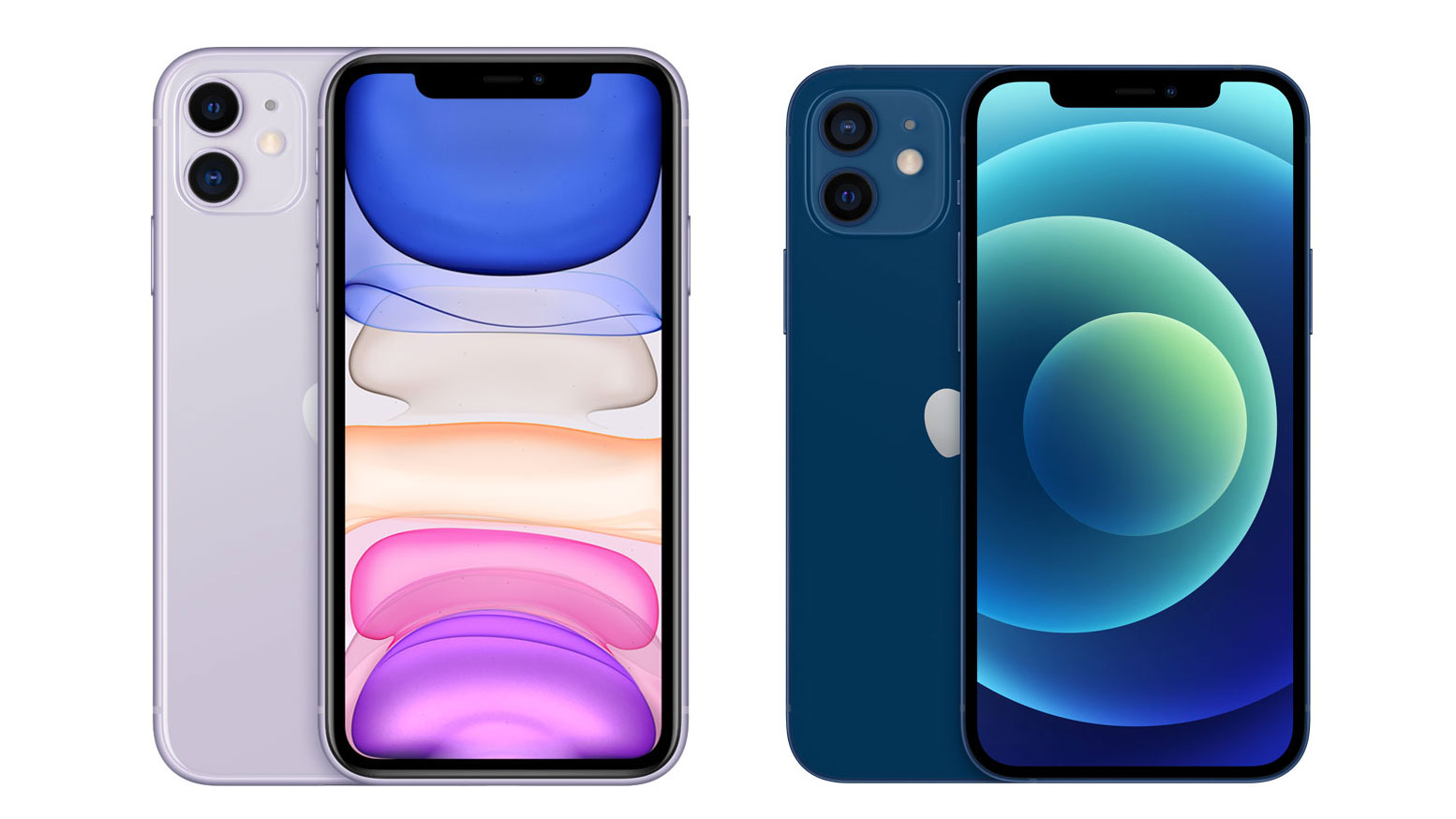
iPhone 11 vs iPhone 12
The designs are actually fairly similar, but with the iPhone 12's edges being flat and the iPhone 11's being convex. The iPhone 12 represents a refinement, or what Apple calls an "elevation," of the iPhone 11's design rather than a complete overhaul, but it does feel markedly more modern, and may well be more secure to hold in the hand. The iPhone 12 is also 0.9mm thinner and 32 grams lighter than the iPhone 11.
Both are available in White, Black, Green, (PRODUCT)RED, and Purple but each generation has some exclusive colors. The iPhone 11 is also available in Yellow, while the iPhone 12 is available in Blue.
Display
The display is an area of major improvement for the iPhone 12. The latest model has an OLED Super Retina XDR display, compared to the iPhone 11's LCD Liquid Retina HD display. The OLED display offers nearly twice the peak brightness of iPhone 11, significantly higher contrast and true blacks, HDR for richer colors, and systemwide color management for industry-leading color accuracy.
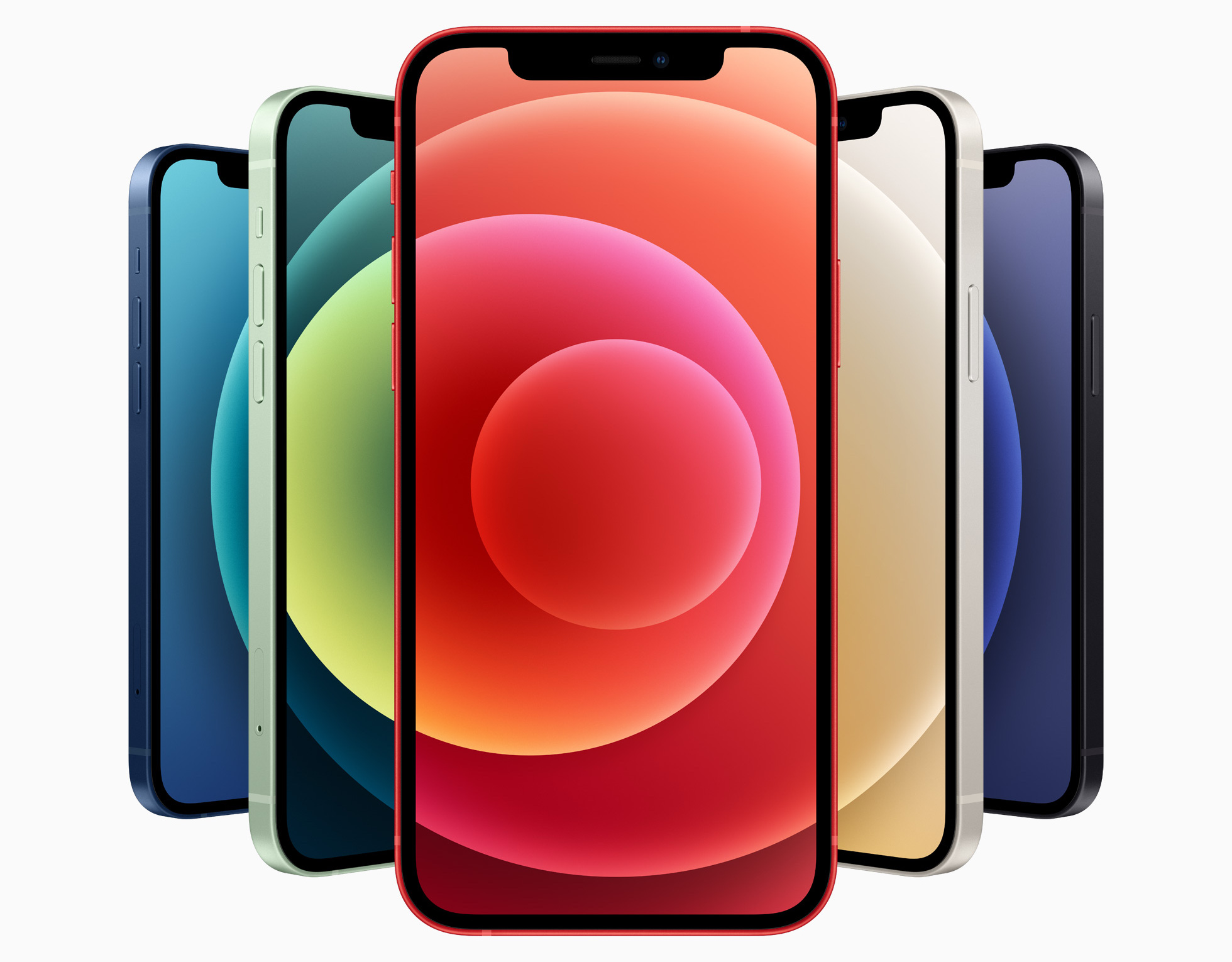
The new OLED display also features reduced bezels compared to the previous LCD model. By pushing the display further to the edges, the overall footprint of the device is slightly smaller. iPhone 12 also features stronger Ceramic Shield front glass, with up to four times improved drop performance.
The display improvements of the iPhone 12 are one of the main reasons to get the newer model. The iPhone 11's LCD Liquid Retina display is good but slightly dated. There is no doubt that the advances made with the iPhone 12 and OLED make for a much more attractive device.
A13 vs A14
At the time of its launch, Apple said that the A14 was "the fastest chip in a smartphone" and the first commercial processor to be built on a five-nanometer process. The iPhone 12 is roughly expected to be 18.4% faster in single-core performance and 17.6% faster overall in multi-core scoring than the iPhone 11. For machine learning, the A14 Bionic features a 16-core Neural Engine, resulting in an 80 percent increase in performance.

A13 Bionic is still up to 20 percent faster than the A12, and the performance improvements of the A14 are not so drastic as to make the A13 feel slow by comparison. The A13 in the iPhone 11 remains a very powerful processor that is capable of completing all day-to-day tasks fluidly.
5G Connectivity
The iPhone 12 comes with sub-6Ghz 5G, as well as faster mmWave 5G in the United States. 5G will deliver improved internet speeds for faster downloads and uploads, higher quality video streaming, more responsive gaming, real-time interactivity in apps, FaceTime in high definition, and more. iPhone 12 models also feature a new "Smart Data mode," which extends battery life by intelligently assessing 5G needs and balancing data usage, speed, and power in real time.
The iPhone 11 has the normal 4G LTE cellular connectivity that has been present in smartphones for many years, with no ability to connect to 5G.
In spite of its merits, 5G is only worth it if have an eligible data plan and are in an area with 5G coverage. If you are in an area with good 5G coverage or you intend to keep your iPhone for some years, 5G connectivity with the iPhone 12 may be important to you. As 5G is still in its infancy, the iPhone 11 is still a good smartphone for its price without 5G.
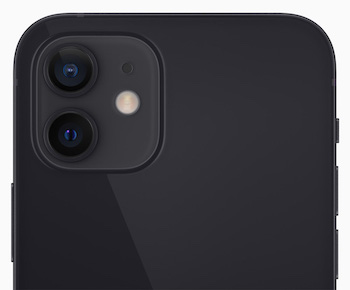
Cameras Similar, Software Better
The cameras of the iPhone 11 and iPhone 12 are similar. Both feature rear a dual 12MP camera system with an Ultra Wide and a Wide lens. The Ultra Wide lenses have the same apertures, while the iPhone 12 Wide lens has a slightly larger aperture (f/1.6) which offers better low-light sensitivity. They also both share the same 12MP f/2.2 front facing camera.
Features such as Night mode, Deep Fusion, and optical image stabilization are shared between the devices on the Wide camera, but the iPhone 12 extends Night mode and Deep Fusion to the Ultra Wide and front-facing camera as well.
For video, the iPhone 12 can record HDR video with Dolby Vision up to 30 fps and time-lapses with Night mode.
For more significant camera improvements, you'll need to step up to the iPhone 12 Pro, which adds a third camera lens for telephoto capabilities, as well as a LiDAR scanner for improved autofocus and other features that rely on depth perception.
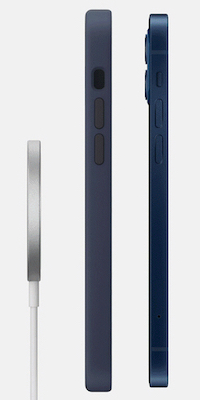
Both iPhones have a battery life allowing for up to 17 hours of video playback and can charge up to 50 percent in just 30 minutes with a 20W power adapter. Apple says that the iPhone 12 can achieve up to 11 hours of streaming video playback, instead of the ten hours of the iPhone 11, but both models will generally perform similarly when it comes to battery life.
iPhone 12 offers a unique charging feature, however. MagSafe improves wireless charging by easily aligning the charger with the internal coil via an array of magnets. MagSafe chargers can provide up to 15W of power while still accommodating existing Qi-enabled devices.
MagSafe also opens up possibilities for an ecosystem of magnetic accessories such as Apple's new leather wallet, as well as a range of third-party products.
Other iPhone Options
While the iPhone XR has now been discontinued, it is still available from many third-party stores for prices below $499. The iPhone XR shares the design and display of iPhone 11, but uses an older chip, cannot use camera features such as Night mode, and has a single rear camera only. If you are on a budget or don't need some of the iPhone 11's features such as the dual-camera setup, the iPhone XR may be a better option for you.
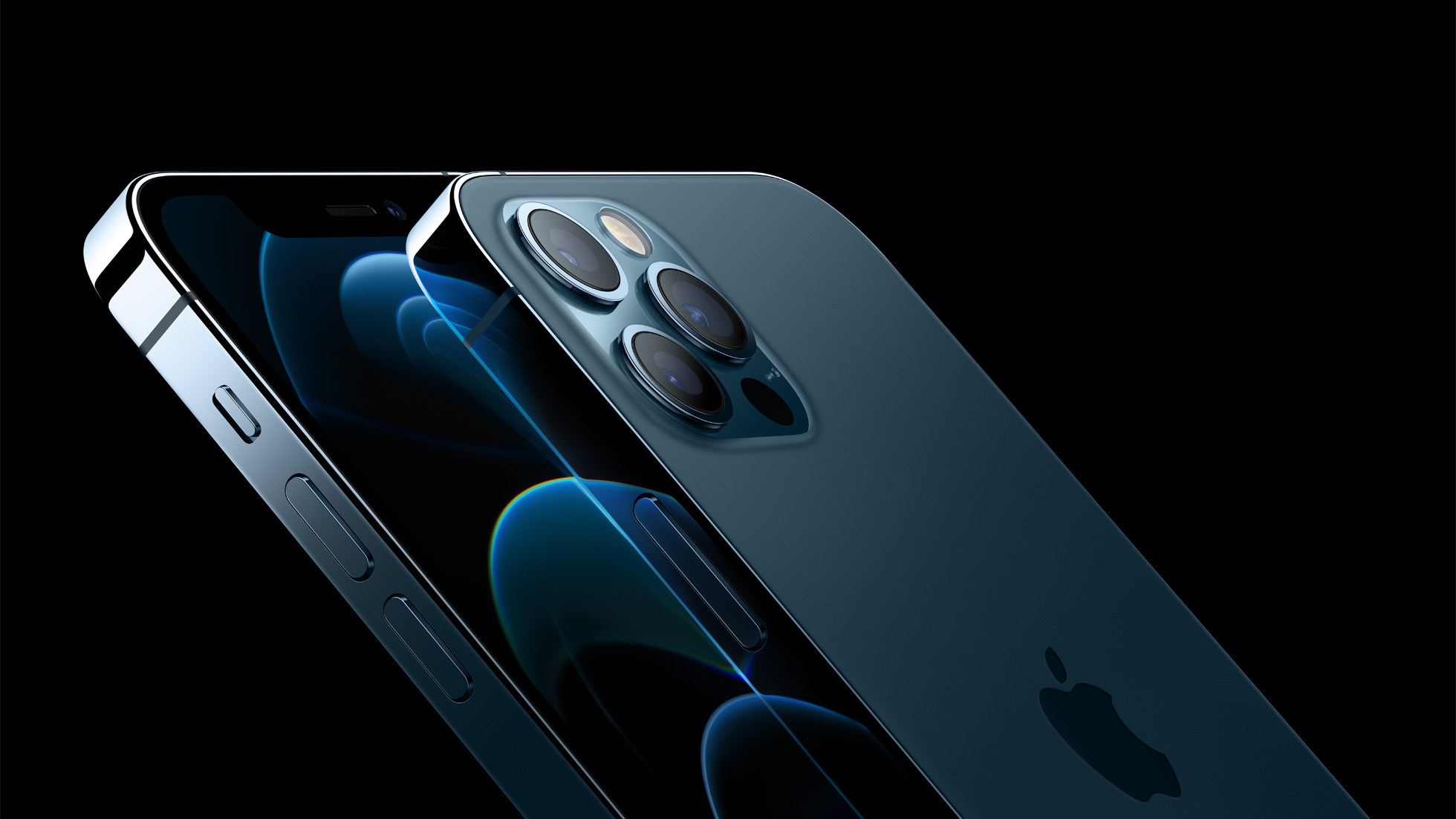
If you feel that iPhone 11 or iPhone 12 does not offer enough high-end features, and are interested in more advanced photography and videography, improved AR experiences, and more premium materials, you may wish to consider the iPhone 12 Pro or the iPhone 12 Pro Max.
Final Thoughts
Ultimately, the iPhone 12 offers some clear improvements over the iPhone 11 when it comes to the design, camera software, display, 5G, and MagSafe. While the improvements with regards to the camera hardware, processor, and battery life are relatively small, the addition of Night mode and Deep Fusion to the Ultra Wide and front-facing camera of the Phone 12 could be significant for some customers.
5G connectivity, the OLED Super Retina XDR display, refreshed design, improved night photos of the iPhone 12 are the key features that differentiate it from the iPhone 11. While the typical day-to-day experience of the device is probably not significantly different, the overall improvements push us to recommend an iPhone 12 over the iPhone 11, budget permitting.
Article Link: iPhone 11 vs. iPhone 12 Buyer's Guide
Last edited:

